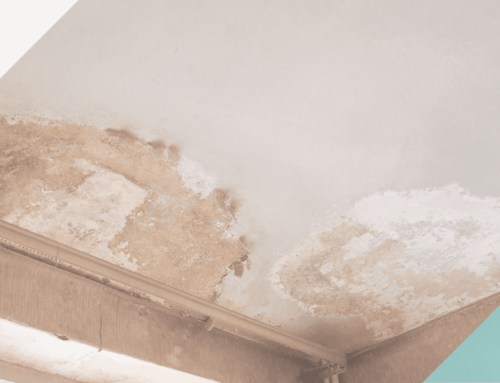Leases are a fundamental aspect of property ownership, defining the relationship between a landlord and tenant. However, situations may arise where the terms of a lease no longer suit the parties involved. In such cases, a Deed of Variation for a Lease can be a valuable legal instrument. In this blog post, we will delve into the intricacies of a Deed of Variation for a Lease, exploring its purpose, process, and potential benefits.
What is a Lease?
Before delving into the Deed of Variation, it’s essential to understand what a lease is. A lease is a legally binding document that outlines the terms and conditions governing the use of a property or land for a specified period. The tenant (lessee) agrees to pay rent and abide by certain obligations, while the landlord (lessor) grants the right to occupy the property.
Challenges with Existing Leases
Leases are typically long-term agreements, which means that over time, circumstances for both the landlord and tenant can change. These changes might include:
A need for alterations or extensions to the property.
Changes in rental terms.
Shifts in property use.
Amendments to tenant or landlord responsibilities.
In such cases, the existing lease may no longer align with the needs and preferences of the parties involved.
What is a Deed of Variation for a Lease?
A Deed of Variation is a legal document that allows parties to amend the terms and conditions of an existing lease without the need to terminate the current lease and draft a new one. This document offers a flexible way to make changes that are mutually agreed upon.
Key Elements of a Deed of Variation
Parties Involved: The Deed of Variation typically involves the landlord and tenant. Both parties must agree to the proposed changes.
Nature of Variation: The document should clearly outline the specific changes being made to the existing lease. This may include alterations to rent, property use, maintenance responsibilities, or any other agreed-upon terms.
Benefits of a Deed of Variation for a Lease
Flexibility: It allows for necessary modifications without having to terminate the existing lease.
Time and Cost Savings: Drafting a new lease can be time-consuming and costly, while a Deed of Variation streamlines the process.
Maintaining Relationships: It facilitates open communication and cooperation between landlord and tenant, ensuring a harmonious lease agreement.
Legal Clarity: By documenting the changes in writing, a Deed of Variation provides legal clarity and minimises potential disputes.
A Deed of Variation for a Lease is a valuable tool that allows landlords and tenants to adapt to changing circumstances without the need for an entirely new lease agreement. It promotes flexibility, open communication, and legal clarity while maintaining a positive landlord-tenant relationship.
If you need further support in this area please email william.oakes@attwells.com
Our blogs and articles are correct at the time of writing.
These have been created for marketing purposes only and should not be considered as legal advice.





